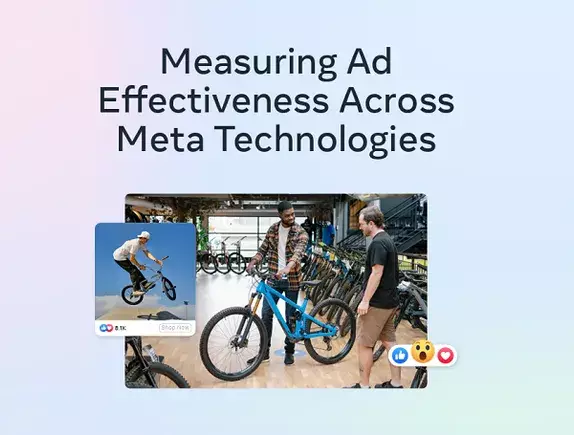In today’s fast-paced digital landscape, effectively measuring the performance of your marketing campaigns can set the stage for unparalleled success. Recognizing what works towards your goals—and what falls short—is crucial for any brand’s growth trajectory. In the world of Facebook and Instagram advertising, understanding the intricacies of measurement doesn’t just help in tracking ROI; it enables marketers to refine strategies, enhance targeting and, ultimately, drive meaningful engagements. The central question isn’t merely “Are my ads working?” but rather “How can I innovate my approach based on accurate, insightful data?”
Defining Success and Aligning Goals
Every brand has a unique definition of success, tailored to its specific goals, audience, and product offerings. As you embark on your measurement journey, the first step is to align your KPIs (Key Performance Indicators) with what success entails for your campaigns. Success for one business might look significantly different than it does for another. This alignment ensures that you’re not merely collecting data for the sake of it but rather focusing on metrics that truly matter. Cultivating a consensus around these objectives, particularly at the executive level, can facilitate a more cohesive measurement strategy. It emphasizes that insights derived from this data should influence future decisions, pivoting strategies toward continual improvement.
A Comprehensive Overview of Measurement Strategies
Meta, formerly known as Facebook, has encapsulated a plethora of ad measurement techniques within a comprehensive guide aimed at bolstering your campaign effectiveness. These techniques can generally be categorized into four distinct buckets: Attribution Solutions, Experiments, Modeling, and Custom Analytics. Each strategy presents its own complexities and advantages, tailored to address the varying needs of businesses.
Attribution Solutions dive into understanding which ads are driving conversions, while Experiments allow marketers to test different variables in a controlled manner to see which performs best. Modeling assists in making data-driven predictions, illuminating future trends based on historical data. Finally, Custom Analytics empowers businesses to create bespoke reporting frameworks that can uniquely illustrate their data narrative. Each of these categories provides distinct pathways to gauge your campaign’s heartbeat, uncovering data that can direct strategic shifts.
Engagement With Meta’s Tools
Meta offers several built-in tools designed to simplify the measurement process. Their straightforward guides demystify these solutions, ensuring that even those who may not be data-savvy can grasp the essentials of ad performance tracking. This proactive approach to education empowers marketers to either enhance their current strategies or pivot when necessary, grasping new opportunities that arise from insightful data.
Moreover, each measurement option comes with links to further reading and tools, ensuring that brands remain informed of best practices. This commitment to transparency and ongoing education is a vital resource for any advertiser looking to stay ahead. Ignoring these tools could mean missing out on critical insights that could position your brand more favorably against your competition.
The Growing Importance of Effective Measurement
The more sophisticated Meta’s ad systems become, with increasing automation and AI-driven insights, the heightened importance of effective measurement cannot be overstated. As campaigns become more streamlined and personalized, having clear mechanisms in place to assess the impact of your spending is essential. Knowing where your budget is yielding the best results, and what areas need reevaluation, becomes not just advantageous but imperative.
Engaging deeply with these measurement principles will be the differentiator for brands willing to not only keep up but to lead in their industry. Understanding the mechanics of your campaigns allows you to take calculated risks, propelling innovation rather than clinging to outdated strategies. Therefore, marketers must recognize that effective measurement isn’t a mere backend operation; it’s foundational to building future-ready advertising strategies that resonate genuinely with your target audience.
In a world where consumer habits and preferences shift like quicksand, knowing how to measure and analyze your advertising performance effectively can be the linchpin to lasting success. Marketers must seize the moment, embrace these insights, and forge ahead with confidence.

